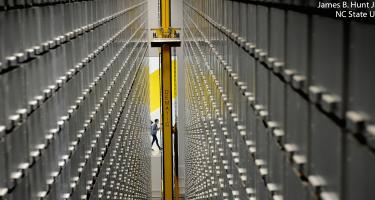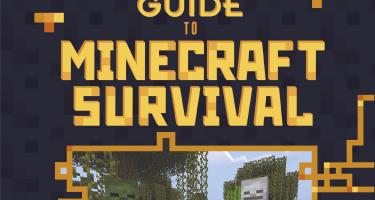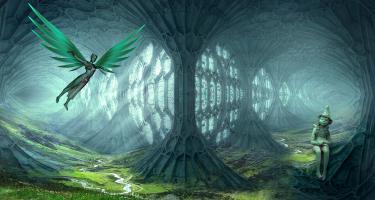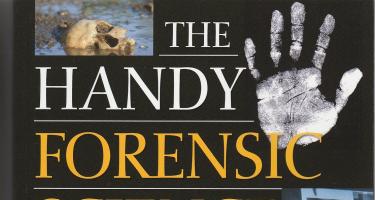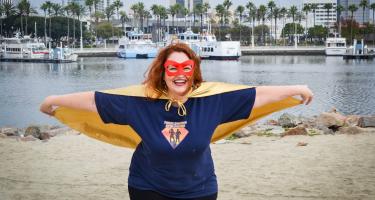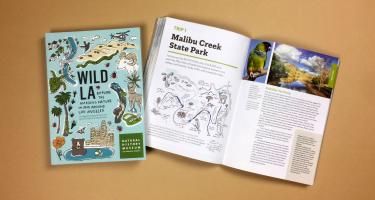
Jason Goldman: Wild LA
In Los Angeles, the La Brea Tar Pits hold millions of Ice Ace fossils, bobcats roam urban parks, and the world’s northernmost resident sea turtle population swims in the San Gabriel River. In Wild LA: Explore the Amazing Nature In and Around Los Angeles, NASW member Jason G. Goldman and colleagues provide an informative guide to these and other attractions, with photos, maps, and directions.
